The Glaze Project team at the University of Chicago, led by Professor Ben Zhao, has recently released Nightshade, an innovative and freely available software tool. This tool is specifically designed for artists to safeguard their works from being utilized in the training of AI models without their consent. Nightshade represents a significant advancement in the field of AI and digital art protection.
Functioning as an AI countermeasure, Nightshade employs the widely-used PyTorch machine learning framework to discern the content of an image. It then subtly modifies the image at the pixel level. This alteration is executed in such a way that other AI programs perceive the content differently from its original form, effectively “poisoning” the AI model’s training process.
This release follows the previous introduction of Glaze, another tool from the same team. Glaze was crafted to modify digital artwork to mislead AI algorithms about the artwork’s true style, such as its color palette and brushstrokes. While Glaze serves as a defensive mechanism against AI replication of an artist’s style, Nightshade is positioned as a more aggressive tool, designed to actively disrupt AI training processes.
The practical implications of Nightshade are significant. For instance, an AI model trained on images altered by Nightshade might incorrectly identify objects in future tasks. An example provided by the development team illustrates this: an image of a cow in a field, subtly modified by Nightshade, might be recognized by an AI as a leather purse in the grass.
Consequently, an AI model extensively trained on such “shaded” images would begin to produce inaccurate outputs, such as generating images of purses instead of cows, even when prompted to create cow imagery. This tool highlights the evolving landscape of AI interaction with digital art and the measures being taken to protect artistic integrity in the age of machine learning.
Requirements and how Nightshade works
The utilization of Nightshade, a novel tool developed by the Glaze Project team, necessitates specific hardware configurations. Artists interested in deploying this software require either a Mac equipped with Apple’s M1, M2, or M3 chips, or a PC operating on Windows 10 or 11. Nightshade is compatible with both operating systems and can be downloaded accordingly. Notably, the Windows version of Nightshade also supports utilization of a PC’s GPU, but this is contingent on the GPU being an Nvidia model listed under the tool’s supported hardware.
The demand for Nightshade has been substantial, leading to extended download durations for some users, reportedly up to eight hours. The file sizes for the Mac and PC versions are 255MB and 2.6GB, respectively.
Users must also adhere to the Glaze/Nightshade team’s end-user license agreement (EULA). This agreement mandates that the tool be used on devices under the user’s control, prohibits modifications to the source code, and forbids any commercial usage, including reproduction, distribution, or resale.
Nightshade v1.0 functions by converting images into ‘poison’ samples. This process is designed so that AI models trained on these images without authorization will learn erratic behaviors. For instance, an AI prompted to generate an image of a cow in space might instead produce an image of a handbag floating in space.
This transformation is achieved through open-source AI libraries and is intended to be subtle enough that the human eye perceives minimal difference, yet it significantly alters the image’s interpretation by AI models.
Additionally, Nightshade’s effectiveness is maintained despite typical image transformations such as cropping, resampling, compression, pixel smoothing, or noise addition. The tool’s resilience extends to screenshots or photographs of the image displayed on a monitor. This robustness is attributed to the fact that the alterations are not simple watermarks or hidden messages (steganography) and are not susceptible to brittleness.
A Dual Perspective on the Reception of Nightshade
The release of Nightshade v1.0 has been met with a dichotomy of responses. On one hand, several artists, including Kelly McKernan, a key figure in the ongoing class-action copyright infringement lawsuit against AI art and video generator companies such as Midjourney, DeviantArt, Runway, and Stability AI, have eagerly adopted the tool. These artists view Nightshade as a mechanism to protect their copyrights and artistic integrity. (It is noteworthy that VentureBeat, among others, employs Midjourney and similar AI image generators for creating visual content for articles.)
Conversely, a segment of the online community has raised concerns, likening Nightshade’s functionality to a form of cyberattack against AI models and the companies that develop them. This perspective views the tool as a potential disruptor in the AI modeling landscape.
The Glaze/Nightshade team, in response to these criticisms, has clarified its intent behind developing Nightshade. The team’s statement asserts that the objective of Nightshade is not to dismantle AI models. Instead, its purpose is to elevate the cost associated with training on unlicensed data. This approach aims to create a scenario where acquiring licenses for images directly from the creators becomes a more feasible and attractive option for AI model developers, thus promoting a fair and equitable usage of artists’ works in AI training processes. This strategy seeks to ensure that artists are duly compensated for their contributions to the AI model training datasets.
The Evolving Controversy Over Data Scraping in AI Image Generation
The contentious issue of data scraping has recently intensified, particularly in the realm of AI image generation. This debate originates from the methodologies employed to train AI image generators, which often involve scraping data from the internet. This includes the extraction of original artworks by artists who were neither informed nor consented to their works being used, a practice they argue undermines their livelihood by creating competing AI-generated works.
As outlined by VentureBeat, data scraping is executed through “bots” that systematically collect and reformat data from publicly accessible websites for the scraper’s benefit. This practice, though widespread and previously used for various purposes including the operations of search engines like Google and Bing, is now facing heightened scrutiny from artists and creatives. They express concerns over their work being utilized without permission to train commercial AI models that could potentially rival or supplant their original creations.
AI model developers assert that scraping is essential for training their models and defend its legality under the “fair use” doctrine in the U.S., which permits the use of pre-existing works in new creations under certain transformative conditions.
Despite measures like “opt-out” codes provided by companies such as OpenAI for website owners to prevent scraping for AI training, the Glaze/Nightshade team contends that such measures are often overlooked or ignored with impunity, as they are neither enforceable nor verifiable.
In this context, Nightshade emerges as a strategic tool designed to confront this imbalance of power. It functions by imposing a subtle cost on each instance of unauthorized data scraping, thereby discouraging model trainers from disregarding copyrights and opt-out directives. The intention is to make indiscriminate scraping financially unfeasible, prompting AI model developers to consider formal licensing arrangements with artists as a more sustainable alternative.
However, it is important to note that Nightshade’s impact is not retroactive; artworks already scraped and utilized in AI model training are unaffected unless re-scraped for training updated models. Moreover, technical limitations do not prevent the misuse of Nightshade, such as its application on AI-generated works or on artworks not created by the user, raising concerns about potential misuse of the tool.
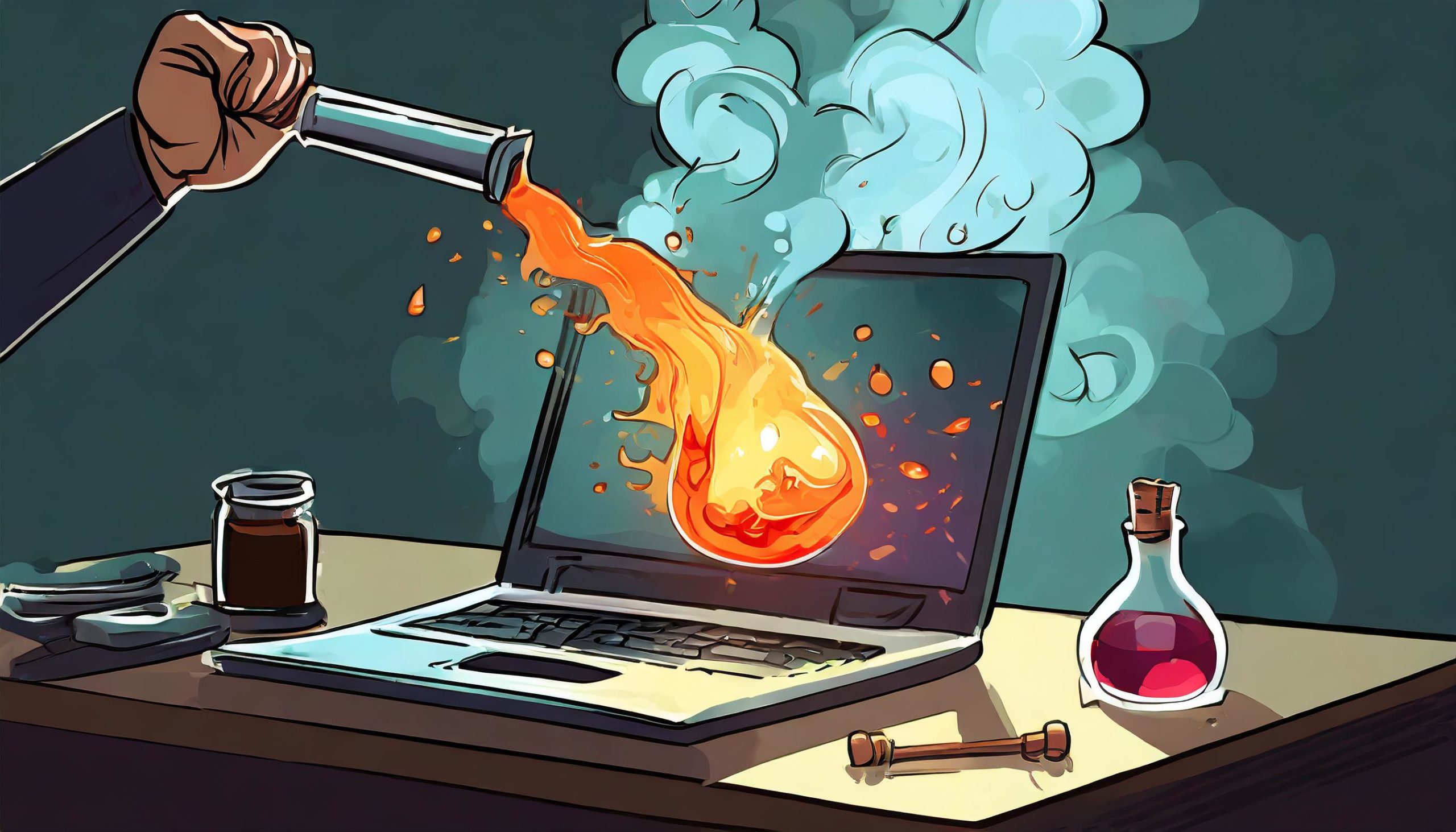
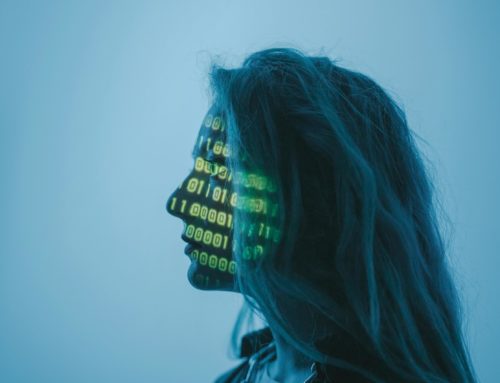
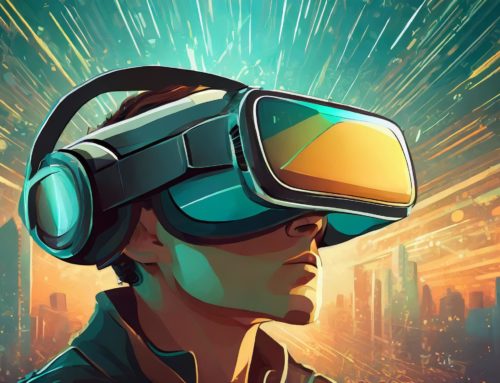
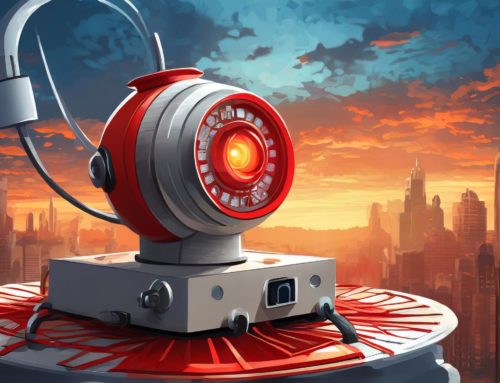
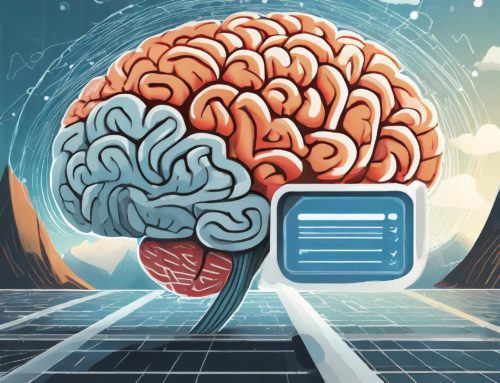
Leave A Comment